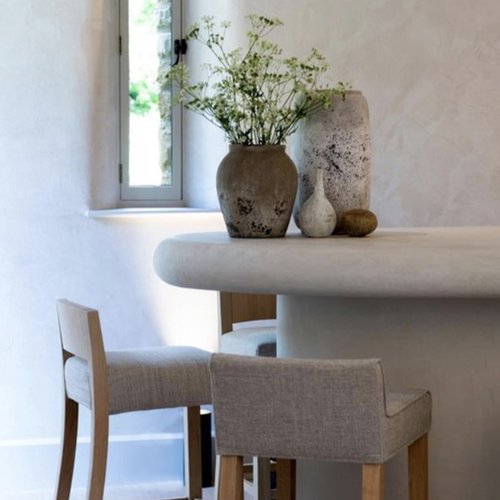
3 min read
Clayworks: Using Natural Clay Plasters for Calm and Low-Impact Interiors
Clayworks is embracing natural materials and traditional techniques, to add depth, tonal interest and warmth to healthy homes.
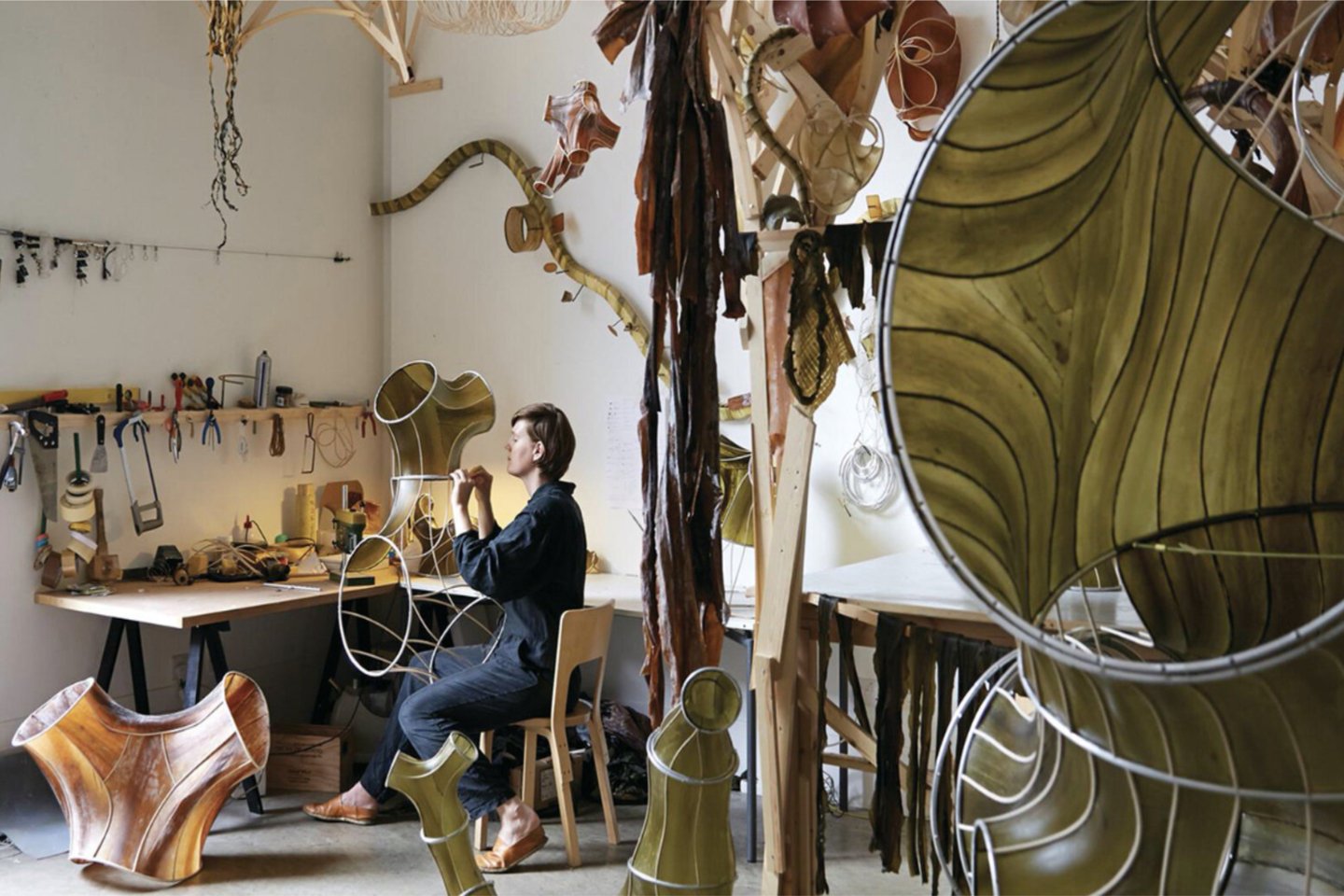
4 min read
In this series, the team at WLLW examines some of the latest book titles in the world of design, architecture and sustainability. We summarise the book’s main ideas and gently appraise its strengths and weaknesses. Hopefully, you’ll be enticed to pick up your own copy, or perhaps takeaways will suffice.
Who designs the future? How does an understanding of the fundamental issues threatening our planet and human species change the way we practice and teach architecture and design? And what does the future look like if radical change in the field happens now?
Such are the questions put forth in ‘Material Health: Design Frontiers’ from Parsons Healthy Materials Lab, a design research center at Parsons School of Design in New York City. The book features essays from experts who explore the critical topics of material health in the era of climate crisis. Material Health ultimately argues that there is an urgent need for new practices in architecture and design, in order to create healthier futures for everyone.
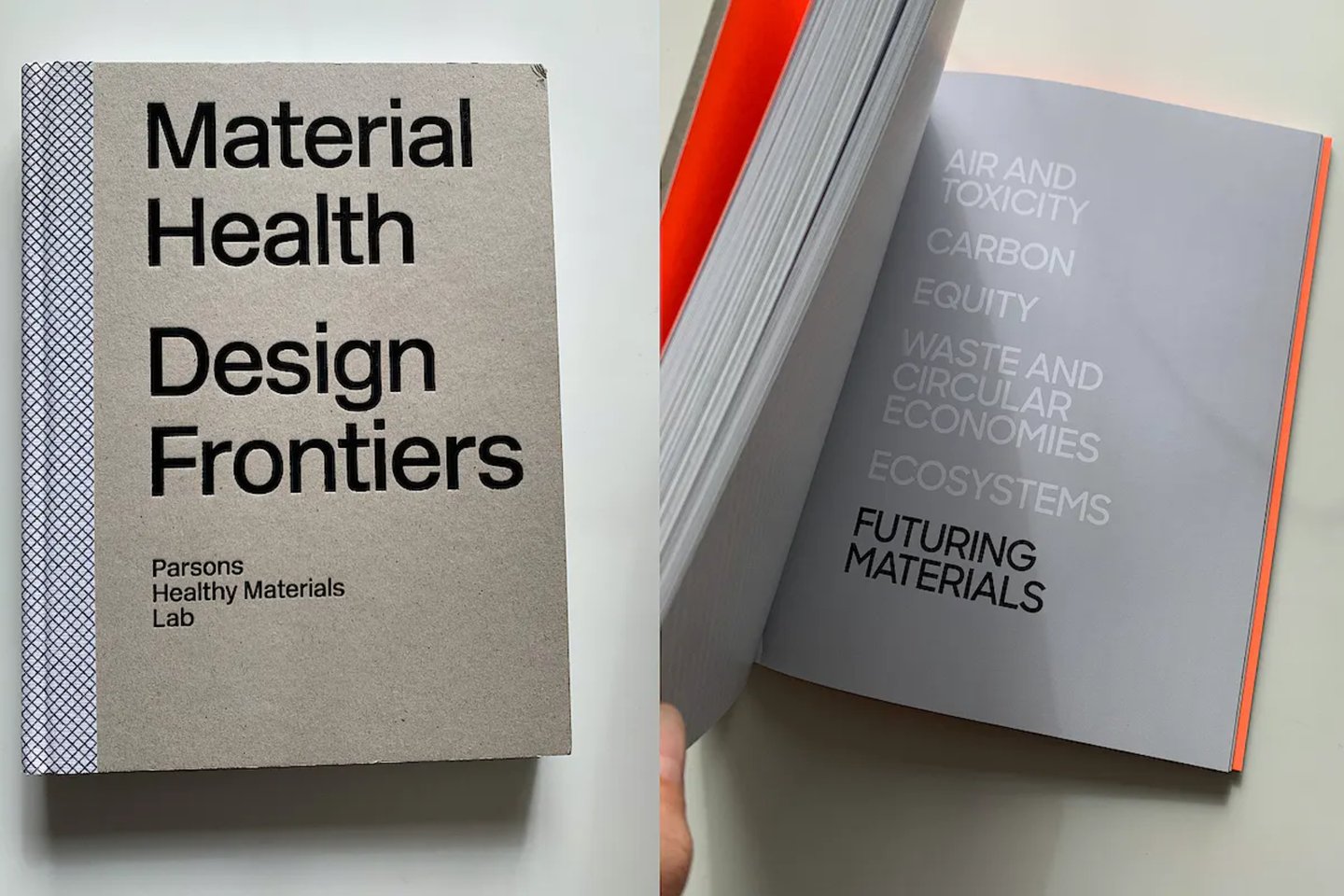
The book’s title, Material Health, refers to the emerging field of inquiry within architecture and design practices, and the Parson’s Lab title may be the most well-rounded guide on the topic yet. Material health in the building industry means prioritizing materials and chemicals in building products that put the health of humans and the environment first. As Martha Lewis, architect at Henning Larson Architects in Denmark and author of an introduction essay writes: “Materials are the crux of the problem, they are also the key to the solution”. The problem in question is the overreliance on materials that are poor for people’s health, just as they are for the environment. Recognition that there is a better way, is the foundational message of the rest of the book.
Two themes run throughout: the importance of embracing indigenous understanding and methods in building and caring for the planet, and the urgency of the climate crisis to necessitate change. The book is fleshed out with chapters that cover subjects like air and toxicity, carbon and designing with nature in mind, equity in design (including an excellent piece on environmental racism and injustice), waste and circular economies in design (creating architecture with materials that can be removed and reused without any loss of value), and the penultimate chapter looks at the way forward from fossil fuel-based construction to renewables.
While the book is geared towards designers and architects – current practitioners and the next generation – there are a few essays that seem particularly relevant for homeowners looking for some takeaways on what they can do.


Chapter three: The Air in There, by Aaron Dorf, a director of transdisciplinary architecture firm Snøhetta, lays out ideas for how to transform homes into zero or low-carbon buildings, while also addressing issues of indoor air quality and healthy materials. There is a focus on what you can do when it comes to insulation and ventilation of your home and helpful notes on paying attention to the materials you bring into interior spaces – from paints to furniture – so you can guarantee low toxicity and high-quality air in the home. While not a complete guide, it serves as inspiration and a handy tip sheet for those building their own place, to someone just looking to repaint or remodel with health in mind.
Another intriguing chapter is the essay by Dr Maida Galvez, an Environmental Paediatrician at the Icahn School of Medicine at Mount Sinai. Anecdotally she recalls numerous children that end up at her practice, suffering from asthma and difficulty breathing, and the cause is often environmental, with their homes and schools suffering from poor air quality. Predictably, there is an element of social injustice here, children from lower social economic backgrounds are the ones putting up with poorly ventilated and polluted schools and homes. Much of her essay pertains to her work which is fascinating; who knew there was such a job as an environmental pediatrician? But there is practical, useful information here too, especially with her account of the varied organizations and platforms in the US (mostly North East based) that are working on, and championing, healthier indoor environments for children.

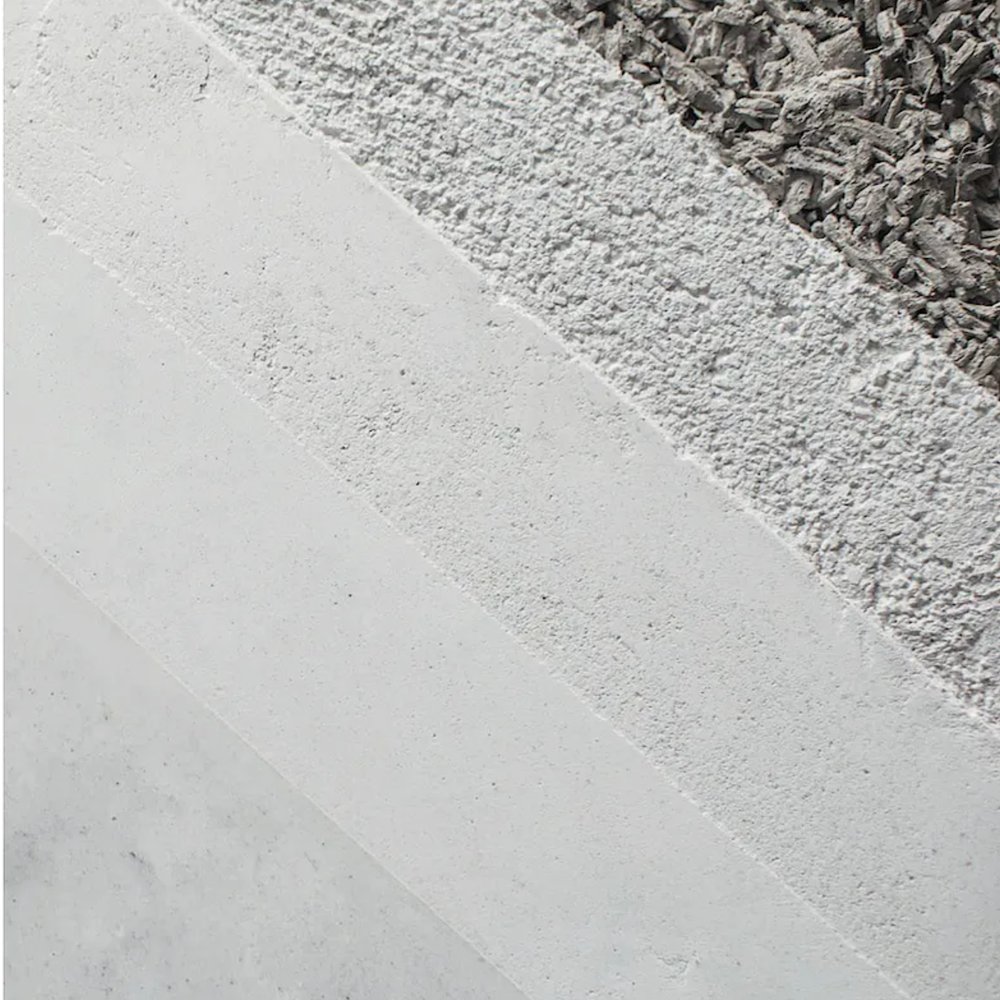
Perhaps what is most evident from reading the book, is that despite the looming disaster of climate change, there is reason for optimism and hope: after all, there is a wealth of innovative, ‘next-gen’ materials that designers and researchers are working on putting into practice to decarbonize the planet. For instance, Charlotte McCurdy, a Professor at the Rhode Island School of Designs, showcases a carbon-negative raincoat made out of algae, while Julia Lohmann, presents the tantalizing possibilities that seaweed presents (from art and fashion to storing vast quantities of carbon). Elsewhere, architect Ginger Krieg Dosier shows off a technique that manufactures “bio-bricks” worthy of use in modern construction, and a Danish architecture firm produces a ‘biological house – a family dwelling made almost entirely out of healthy waste materials.
Material Health: Design Frontiers from Parsons Healthy Materials Lab, strikes a balance between rallying the troops – the architects and designers of today – for sustainable and meaningful change. It also provides us, as readers, homeowners, home occupants, and the passersby in the built environment, the power of knowledge about the problems in modern construction and empowers us to ask for better. This is not a book that dwells on the difficult, but rather it looks forward with optimism and drive. Change is afoot. So let’s keep the momentum up.
Photography: Petr Krejci, Healthy Materials Lab, Nev Simpson, Biomason, Duchanvre, Charlotte McCurdy, Harvard Center for Green Buildings and Cities
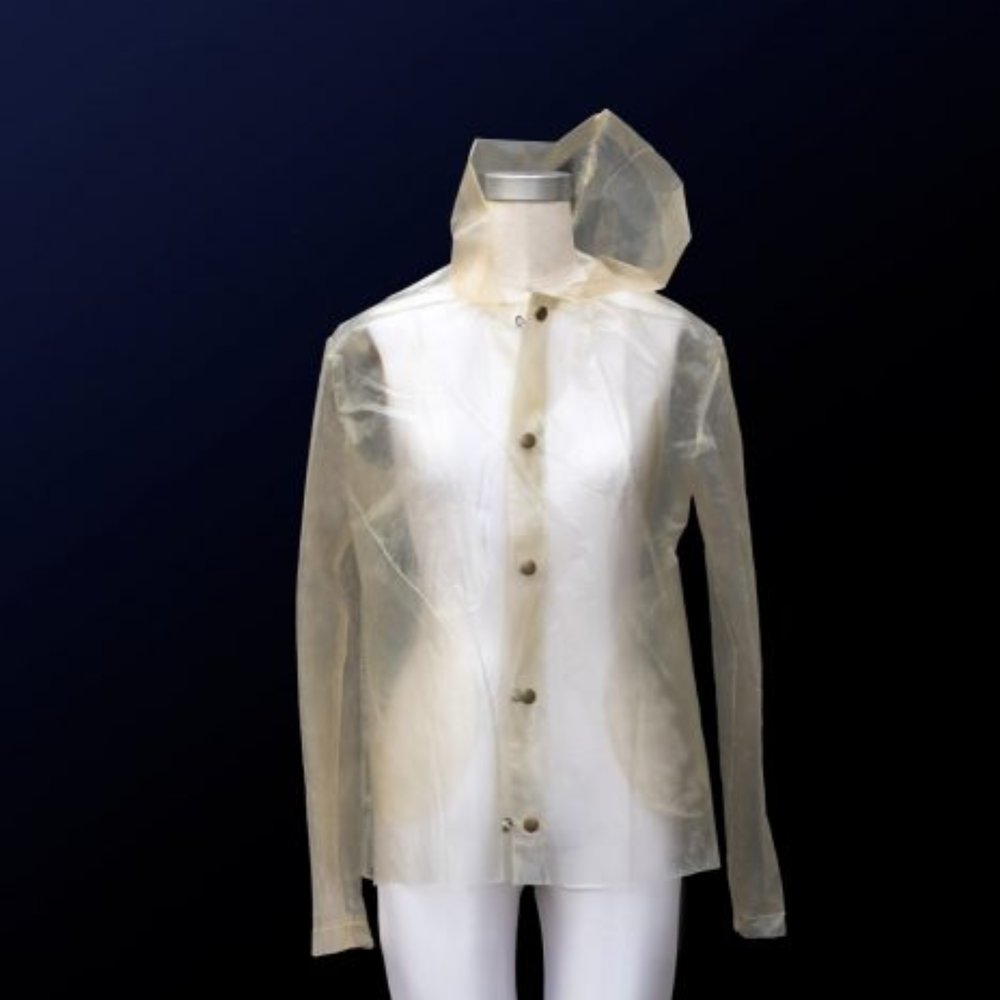

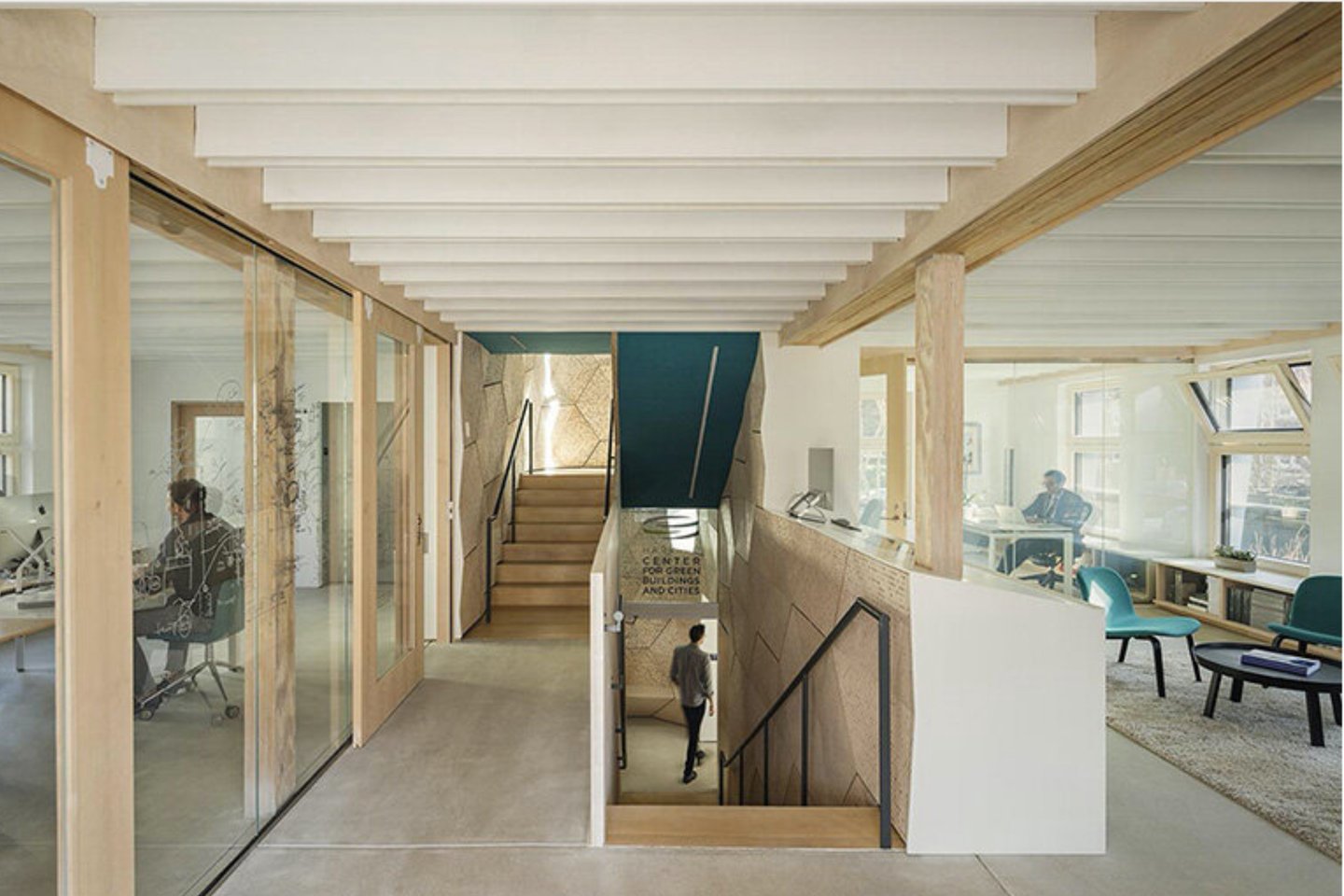

3 min read
Clayworks is embracing natural materials and traditional techniques, to add depth, tonal interest and warmth to healthy homes.

3 min read
Drawing on Harvard professor and healthy buildings expert Joseph G. Allen's research, it's crucial to understand how environmental pollution impacts the air quality inside our homes, emphasizing the need to reassess and improve the air we breathe indoors.